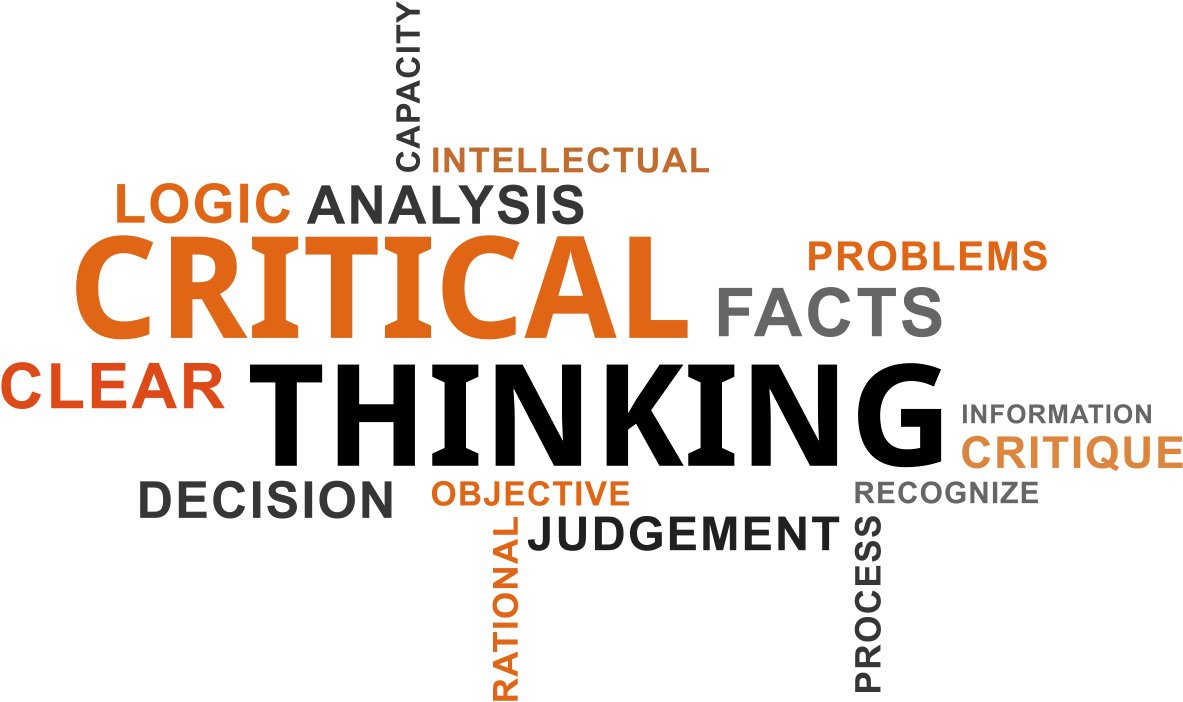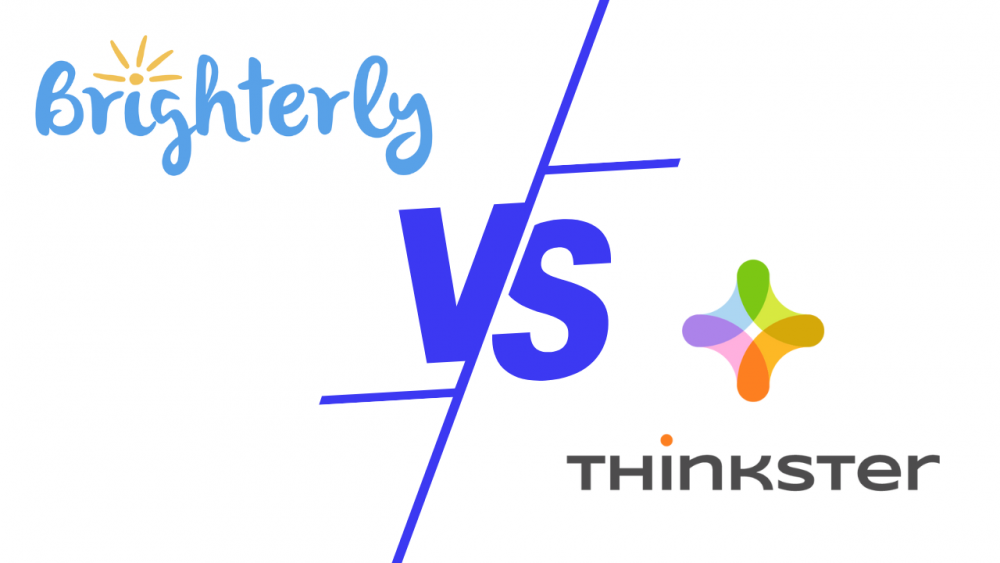

Last Updated on March 5, 2025
I wrote a post on my Maths Insider blog comparing Thinkster Math to Kumon Math®.
I used to run my own Kumon centre in the UK and 2 of my own children worked through the Kumon program for several years. I’m in a unique position to compare Thinkster’s innovative math program with the well-established Kumon program.
One of Thinkster’s big benefits is that it gives more coverage of math content. Each worksheet in Thinkster can be mapped to the Common Core State Standards (CCSS) for Math. Thinkster students learn, not just computational skills, but analytical, logical reasoning, and critical thinking skills. These are skills needed to produce mathematicians, not just arithmeticians.

It’s great that a often works above their year level but in most cases, they can’t do anything outside of context and have weak analytical thinking .
My 2 older students could manipulate complex algebra after several years of Kumon, which was indeed impressive, but still needed to build up their understanding of geometry, statistics, and the practical application of algebra. Thinkster builds these skills simultaneously.
We recommend that complete 7-10 worksheets each week. Of course, 1 every day is ideal, but we also know that “life happens”.
So, if a student wants to do 3 worksheets a day, that’s fine. And if a student only does 3 worksheets another week due to other commitments, that’s also okay.
In the , completing additional worksheets wasn’t encouraged, and completing fewer worksheets would likely result in plenty of repetition in the following weeks.
This is where most people would think that would have a distinct advantage. Instructors meet their face to face every week at the .
However, Thinkster uses technology to make sure that Thinkster tutors really get to stay connected with daily.
There are the short supportive comments I make on every student’s digital worksheets, and the more in-depth written or audio guidance I give when are struggling. However, my very favorite thing is the conference where I get to chat with my and their parents about how their work has been going and discuss the upcoming study plan. I can use Skype or FaceTime from the comfort of my home to make the discussion more personal.
As an ex-, I know that instructors are not allowed to personalize the to take into account student styles.
When take a Skills Assessment when starting Thinkster, we look at what gaps need to be filled and look to fill those gaps using a -based approach – while allowing the student to move forward in other areas.
In the , parents are often shocked that their has to start working on concepts below their , even if there are only a few weaknesses in their ‘s . Another great thing is that Thinkster instructors exist to ensure that stay engaged. If a student is getting fed up with, for example, problems involving multiplications, we can throw in some worksheets on a different topic, before returning to review multiplication.
We also have the ability to map what students are doing in school. If there’s a test coming up on measurements, we can assign some measurement worksheets before the test. In addition, we notice, especially with students who have come from the Kumon program, that they are working well above grade level for arithmetic skills, but at or below grade level for word problems. In these cases, we can assign the appropriate mix of above grade level arithmetic while building up their math comprehension with word problems of increasing difficulty.
Another really important feature of Thinkster is that, as an instructor, I can see each and every page of a student’s completed worksheet. I can see what they’ve written, whether it be frustrated scribbles or accurate step-by-step working out, and everything in between. I use this information to plan that student’s next steps. As a Kumon instructor, I was basing many of my assignment decisions on a set of statistics entered onto a score sheet.
One major complaint that parents have about the Kumon program is that it doesn’t teach students (there are very few examples in the Kumon worksheets) Thinkster digital worksheets have instructional videos built-in. Students really can just get on with their Thinkster without pestering their parents.

There have been times when I’ve logged onto my Thinkster Teacher App and found that my 4-year-old has completed a Thinkster worksheet the night before, even though I hadn’t asked him to because I thought he’d be too tired after a busy day! Thinkster students really can take their learning into their own hands!
My own kids will happily tap their way through their Thinkster worksheets, whereas asking them to pick up a pencil after they’ve spent a whole day writing at school causes more than just a small amount of friction. Thinkster students also collect points for every worksheet completed and receive gift cards from the likes of Amazon, Target, etc.
Overall, from the perspective of someone who has worked closely with both programs, I truly believe that Thinkster eases the frustrations that instructors, parents, and students feel about the Kumon program.
When I talk one-on-one with parents, I advise them that if Kumon works for them, and their family, then they should go with it.
However, if they’re looking for something that will build their child’s love of math as well as their math skills, then they’ll do well with Thinkster Math!
Have you tried Thinkster yet? How do you think it compares to Kumon?
Note: Kumon® is a registered trademark of Kumon North America, Inc. Thinkster Math is in no way affiliated with the same.


